Predators and Carnivores
Kruger Park Wildlife
© Leopard on the Prowl © Nigel Dennis
Kruger Park is probably most famous for its large predators and carnivores, the big flesh-eating cats (lion, leopard and cheetah) and dogs (hyaena and wild dogs). These carnivores evolved from a mongoose-like ancestor some 40 million years ago and include in their lineage domestic dogs and cats.
Carnivores became particularly dominant in Africa during the past 3 million years as climate changes led to the development of large swathes of savanna grassland over the continent. This led to the arrival of many new species of animals, particularly large herds of grazers that depended on safety in numbers rather than their ability to hide from predators.
Predators, in turn, relied more on collaborative hunting to generate a surplus of food. How the surplus was disposed created hierarchies and strengthened social bonds. Because there was more food than the parents could consume, carnivore offspring could remain part of the family unit for a longer time, thereby increasing their chances of survival.
The dominant large mammal predators in Kruger are lions, hyaenas, leopards, cheetah and wild dogs, each of which occupy slightly different habitats or ecological niches that are suited to their food acquisition needs.
They are found throughout the Park, but are more easily seen in the game-rich grasslands of central and south-eastern Kruger.
Kruger's Big Predators
More Predators and Carnivores
Learn more about the lesser know predators and carnivores of Kruger National Park.
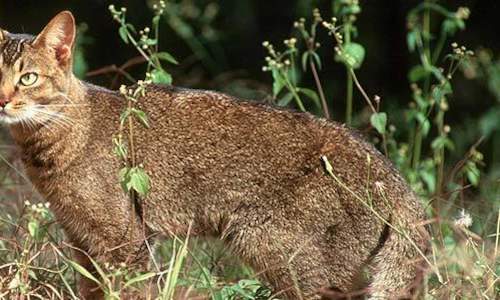
Six thousand years ago Egyptians domesticated the African Wild Cat to control mice and rats raiding granaries. From these tamed animals, the...
more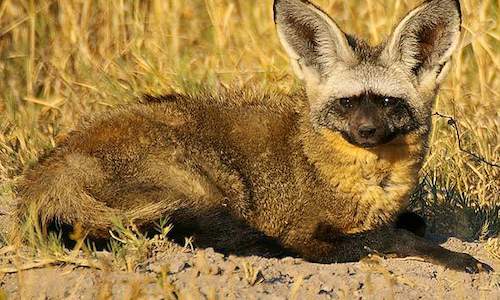
The Bat-Eared Fox has a silver-gray fluffy coat, a black-tipped bushy tail with a black stripe on top. An outstanding feature is the enormou...
more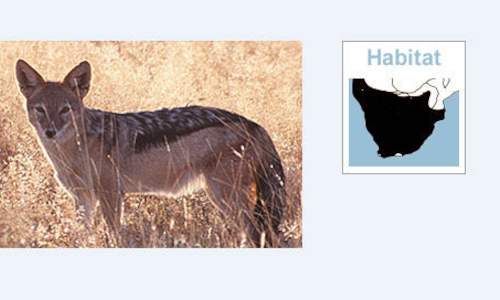
Black backed Jackals are a widely distributed species that are known for their cunning and daring. They are often seen nipping in to steal a...
more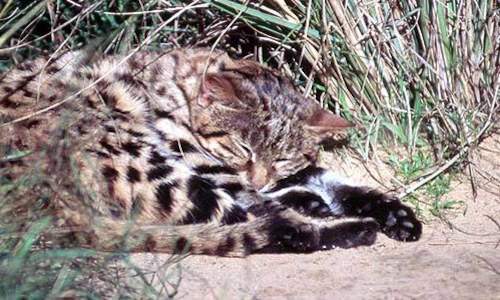
This species is very secretive in nature, which makes it difficult to census. The Black-Footed Cat is nevertheless considered rare. Except f...
more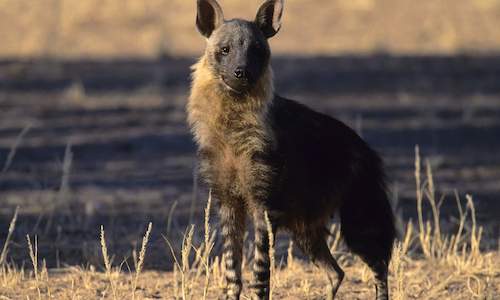
Brown Hyena [Hyaena brunnea]. This creature has pointed ears and striped legs with a dark brown to black shaggy coat, white shoulders and ne...
more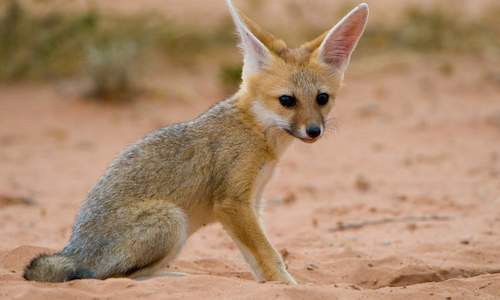
The only true fox and the smallest canid found in South Africa. The Cape Fox is silver-grey in colour with large pointed ears. They have a d...
more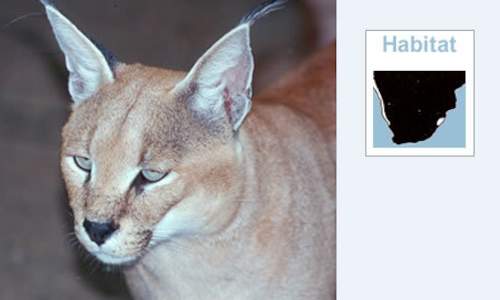
Caracal A large, rufous-fawn Cat with tufted black ears, creamy underbelly with faded orange spots, and long legs. The face has exquisite ma...
more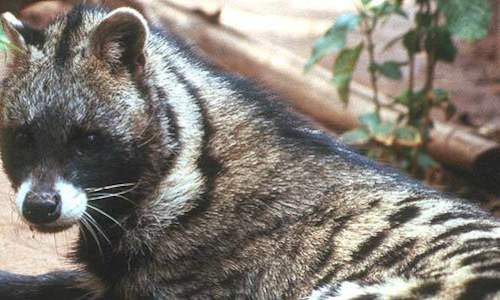
The African Civet has short, dense fur that is a greyish colour, with black spots arranged in rows along their bodies. Their legs and about ...
more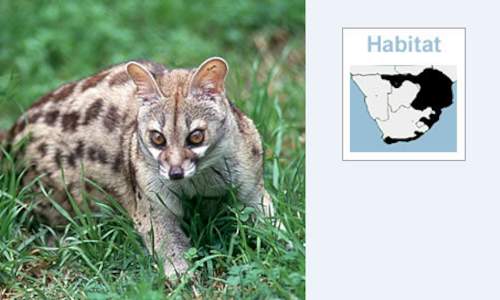
The Large-Spotted Genet has a shoulder height of 210 mm, but this species is short legged. The elongated body has a length of 460 mm and a m...
more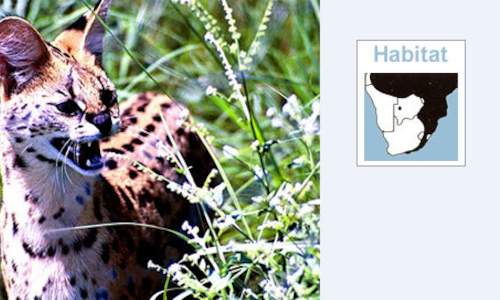
The Serval is a large, leggy and elegant, tawny-yellow wild cat richly marked with large, rather widely-spaced solid black spots which tend ...
more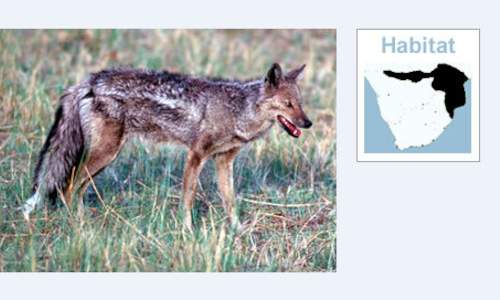
The Side Striped Jackal is a nocturnal, dog-like carnivore, with a head and body length of 650-800 mm and tail length of 300-400 mm. Shoulde...
more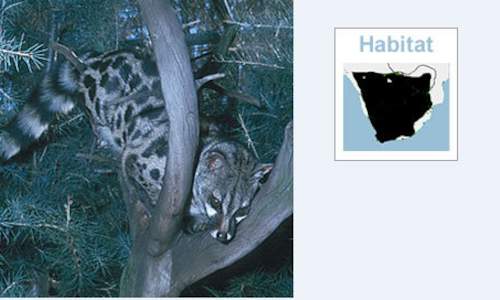
The Small-Spotted-Genet is slightly smaller than the Large-Spotted Genet, and the markings are more distinct black and white and without a r...
more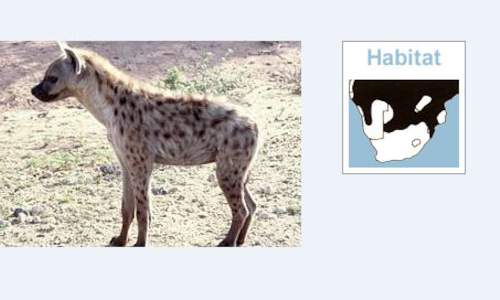
One of the characteristic predators of the African savannah the Spotted Hyena was long thought to be solely a scavenger but it is no known t...
more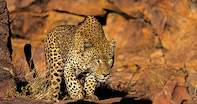

 Six thousand years ago Egyptians domesticated the African Wild Cat to control mice and rats raiding granaries. From these tamed animals, the...
Six thousand years ago Egyptians domesticated the African Wild Cat to control mice and rats raiding granaries. From these tamed animals, the... The Bat-Eared Fox has a silver-gray fluffy coat, a black-tipped bushy tail with a black stripe on top. An outstanding feature is the enormou...
The Bat-Eared Fox has a silver-gray fluffy coat, a black-tipped bushy tail with a black stripe on top. An outstanding feature is the enormou... Black backed Jackals are a widely distributed species that are known for their cunning and daring. They are often seen nipping in to steal a...
Black backed Jackals are a widely distributed species that are known for their cunning and daring. They are often seen nipping in to steal a... This species is very secretive in nature, which makes it difficult to census. The Black-Footed Cat is nevertheless considered rare. Except f...
This species is very secretive in nature, which makes it difficult to census. The Black-Footed Cat is nevertheless considered rare. Except f... Brown Hyena [Hyaena brunnea]. This creature has pointed ears and striped legs with a dark brown to black shaggy coat, white shoulders and ne...
Brown Hyena [Hyaena brunnea]. This creature has pointed ears and striped legs with a dark brown to black shaggy coat, white shoulders and ne... The only true fox and the smallest canid found in South Africa. The Cape Fox is silver-grey in colour with large pointed ears. They have a d...
The only true fox and the smallest canid found in South Africa. The Cape Fox is silver-grey in colour with large pointed ears. They have a d... Caracal A large, rufous-fawn Cat with tufted black ears, creamy underbelly with faded orange spots, and long legs. The face has exquisite ma...
Caracal A large, rufous-fawn Cat with tufted black ears, creamy underbelly with faded orange spots, and long legs. The face has exquisite ma... The African Civet has short, dense fur that is a greyish colour, with black spots arranged in rows along their bodies. Their legs and about ...
The African Civet has short, dense fur that is a greyish colour, with black spots arranged in rows along their bodies. Their legs and about ... The Large-Spotted Genet has a shoulder height of 210 mm, but this species is short legged. The elongated body has a length of 460 mm and a m...
The Large-Spotted Genet has a shoulder height of 210 mm, but this species is short legged. The elongated body has a length of 460 mm and a m... The Serval is a large, leggy and elegant, tawny-yellow wild cat richly marked with large, rather widely-spaced solid black spots which tend ...
The Serval is a large, leggy and elegant, tawny-yellow wild cat richly marked with large, rather widely-spaced solid black spots which tend ... The Side Striped Jackal is a nocturnal, dog-like carnivore, with a head and body length of 650-800 mm and tail length of 300-400 mm. Shoulde...
The Side Striped Jackal is a nocturnal, dog-like carnivore, with a head and body length of 650-800 mm and tail length of 300-400 mm. Shoulde... The Small-Spotted-Genet is slightly smaller than the Large-Spotted Genet, and the markings are more distinct black and white and without a r...
The Small-Spotted-Genet is slightly smaller than the Large-Spotted Genet, and the markings are more distinct black and white and without a r... One of the characteristic predators of the African savannah the Spotted Hyena was long thought to be solely a scavenger but it is no known t...
One of the characteristic predators of the African savannah the Spotted Hyena was long thought to be solely a scavenger but it is no known t...